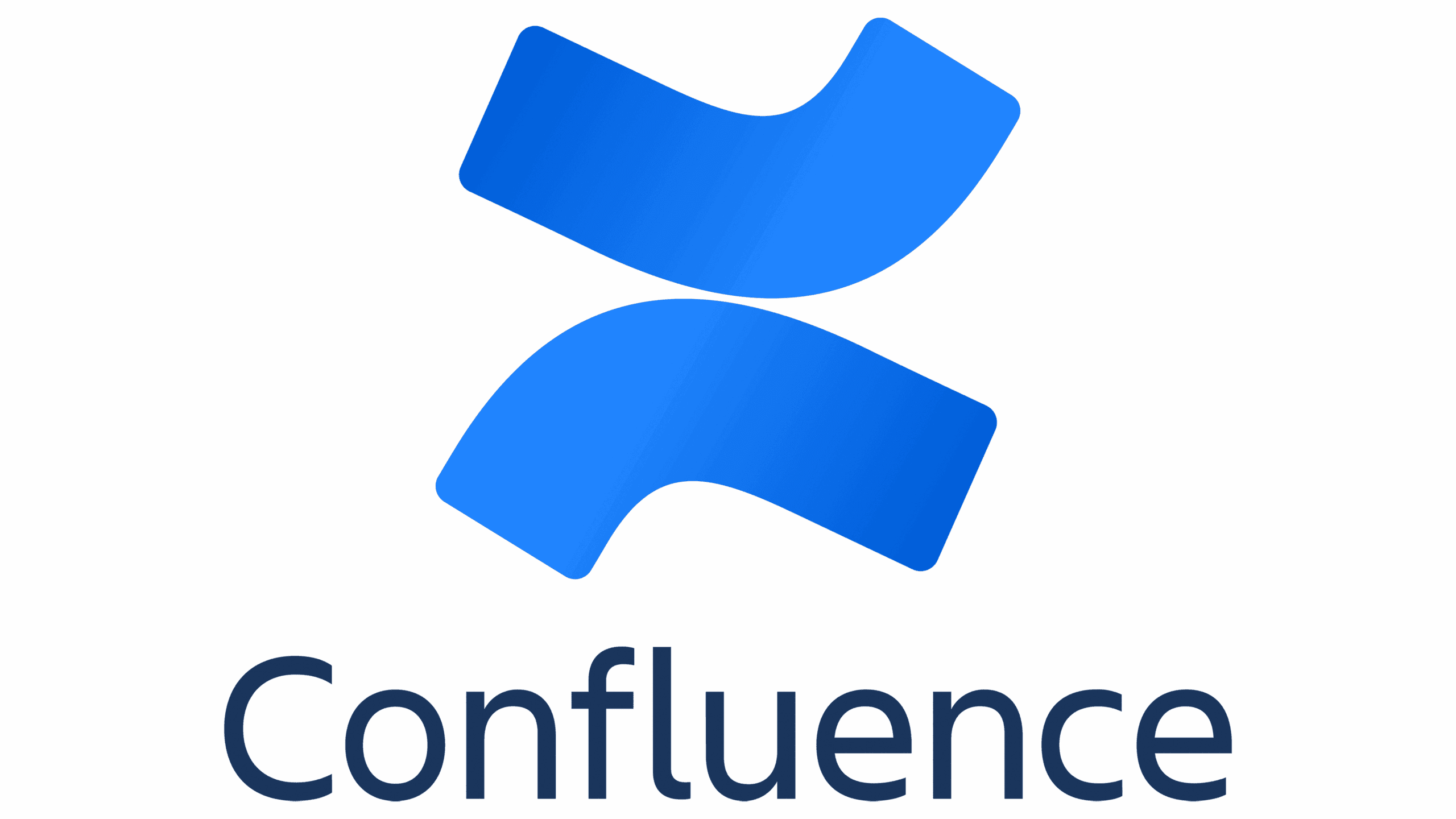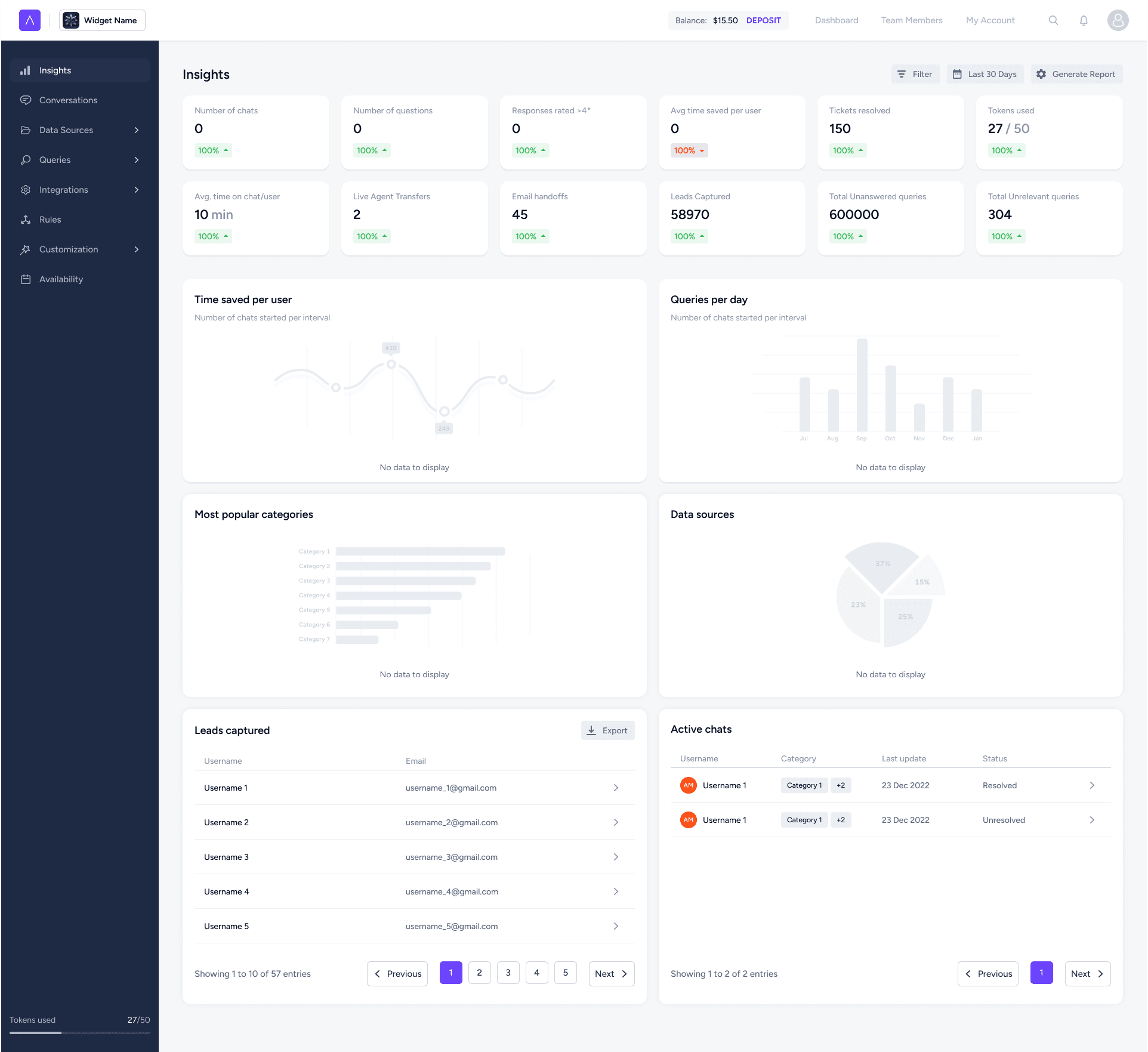AI-Powered IT Service Management
With AI ITSM support from Auralis, organizations automate routine requests, improve SLA compliance, and cut downtime.

IT teams are stretched thin managing incident backlogs, repetitive Level 1 tickets, and complex system demands. Traditional methods like expanding headcount or offloading tasks to external vendors rarely scale effectively. The result is delayed resolutions, SLA breaches, and frustrated end users.
70% of IT leaders say the volume of service desk tickets has increased in the last two years, straining already thin resources
60% of IT budgets are consumed by “keep the lights on” activities rather than innovation
90% of organizations experience at least one major IT incident per year, with an average cost of $300,000 per hour of downtime
40% of IT time is spent on repetitive, low-value tasks that could be automated
What if the service desk ran itself, outages were prevented before they happened, and IT workflows just flowed? With AI at the core, IT evolves from reactive firefighting to proactive business enabler.
Routine requests—password resets, access issues, ticket triage—handled automatically. IT teams are freed to focus on the complex problems that truly matter.
Incidents predicted, anomalies flagged, and performance issues resolved before they ever disrupt employees or the business. IT moves from reactive response to proactive resilience.
Approvals, routing, and escalations streamlined by AI. SLA breaches shrink, resolutions accelerate, and service delivery feels effortless.

Auralis AI agents make this vision a reality, delivering faster, compliant, and more empathetic support at scale.
IT teams are overwhelmed with tickets and firefighting. Auralis applies AI agents to streamline service desks, predict outages, and keep IT focused on innovation.



See the results of data from 100+ pilots and deployments across industries.
Customer support teams love Auralis. Find out why.

Sprint365 is a Denmark-based provider of project and task management solutions built for Microsoft ecosystems. It streamlines collaboration, execution, and visibility across Teams and Microsoft 365, helping organizations manage projects faster, leaner, and with greater precision.
Denmark
ITSM
200+

Our IT team was drowning in tickets. 40% of their time went into low-value, repetitive fixes instead of innovation. With Auralis, we automated routine requests, accelerated incident resolution, and freed our IT staff to focus on critical projects. The difference was night and day.

Jakob Ingemann
Founder
Whether it’s help desks, documentation, videos, CRMs, e-commerce, or customer support tools, Auralis enhances your workflow by integrating with all major platforms. Any platform with an API can be integrated with Auralis




























We don’t just implement AI — we make it work securely and seamlessly for your business. Starting from extraction and clean-up to ongoing optimization, we are with you every step of the way
We do the hard work. data clean-up, model training, integrations, monitoring, and maintenance — all managed by us, so you don’t need a data science team.

Our solutions are shaped around you. We design, train, and optimize AI on your data and workflows. We don’t take generic models and try to fit you in like most of the other solutions in the market.
Instantly integrates with over 500+ tools that your team already uses out of the box. Anything with an API can be integrated with.
Seamlessly orchestrate public and open-source LLMs — or bring your own — and deploy them anywhere: cloud, private, or on-premise, with full flexibility to match your infrastructure and compliance needs.
Up and running in days, not months. We deliver measurable results quickly, without lengthy implementations or bloated consulting bills.
Compliance you can trust. Certified to industry-leading security and privacy standards (ISO, SOC2, GDPR, HIPAA-ready).




Choosing the right AI agent can make or break your customer experience. This guide walks you through the key questions to ask and factors to consider before investing in an AI agent for your business.
Looking for details to help you decide?
Here's why Auralis help you start saving today!
Level-1 requests like password resets, MFA unlocks, VPN issues, software installs from a standard catalog, and device enrollment are ideal. Triage and enrichment classify, prioritize, and route tickets automatically. Policy checks prevent risky actions from auto-executing.
We connect to service desks, knowledge bases, directories, and endpoint tools via APIs and webhooks. Examples include ServiceNow or Jira for workflow and Okta/Azure AD for identity where APIs are available. Collaboration with Slack/Teams keeps stakeholders in the loop.
Yes—through pre-approved playbooks with least-privilege service accounts. Dual-control approvals and just-in-time elevation reduce exposure. Every step is recorded in an immutable audit trail.
Real-time triage and routing prevent queue stagnation, and standard fixes execute immediately when safe. SLA risk alerts notify owners ahead of deadlines. You control which intents are allowed to auto-resolve.
Standard changes can auto-approve when they meet risk criteria you define. Non-standard changes are packaged with evidence and risk scoring for CAB review. Nothing bypasses your governance.
Yes—normalization and reconciliation keep CIs clean and connected to tickets and changes. Automated links improve impact analysis and root-cause investigations. Reports show data quality trends over time.
SSO/MFA, RBAC, network allow-listing, encrypted secrets, and separation of duties are standard. Logs are append-only and exportable to your SIEM. We align with ISO 27001, SOC 2 Type II, GDPR, and HIPAA-ready configurations when required.
Yes—events, automations, and decisions stream to your SIEM for correlation. Detected incidents can auto-create tickets with full context. This keeps ITSM tightly coupled with security operations.
We are LLM-agnostic and apply policy-aware prompts, deterministic fallbacks, and human-review gates for sensitive actions. You can bring your own model to meet residency or governance needs. Evaluation datasets track drift and accuracy over time.
Teams usually launch 3–5 intents within days to prove ROI quickly. Expansion continues weekly as quality thresholds are met. Dashboards quantify time saved and SLA gains.
Workflows support transactional rollback and safe retry. Alerts notify the owning team with full diagnostic context. The case can be escalated seamlessly to a human resolver.
The system auto-classifies duplicate tickets and publishes consistent updates. Known-error responses deflect repetitive contacts while engineers work on recovery. Post-incident, learnings become new playbooks.
Yes—widgets and connectors let you surface AI assistance in your web portal and collaboration tools. End users get guided self-service with policy-aware steps. Actions and outcomes flow back to the service desk.
Approval chains are configurable by request type, risk, and data sensitivity. Requesters and approvers receive clear, auditable prompts. Every decision is traceable for later reviews.
You can deploy in cloud, private VPC, or on-prem to match residency and network rules. Customer-managed keys and allow-listing are supported. Architecture choices are documented for audits.
Change tracking and policy checks verify that automation still matches intent. Alerts flag workflows that start to deviate from standards. Scheduled reviews keep catalogs and playbooks current.
Classification and responses can operate across languages where needed. You can define region-specific policies and catalogs. Governance ensures translations match the authoritative source.
Executive views highlight volume drivers, time saved, SLA performance, and backlog risk. Drill-downs let managers inspect problem queues and team load. Data exports feed your BI stack for organization-wide reporting.
We onboard additional catalogs—HR IT, Finance IT, R&D laptops—through the same controls. Each expansion has success criteria before it goes wide. This keeps growth predictable and measurable.
Most start with read-only access to knowledge and inventories, limited write actions, and strict approvals for changes. As metrics improve, guardrails are relaxed thoughtfully. Governance committees review expansions on a set cadence.
See what AI-powered ITSM can do for your team, with Auralis.